Order Falconiformes Higher classification Falcon | Phylum Chordata Scientific name Falco concolor Rank Species | |
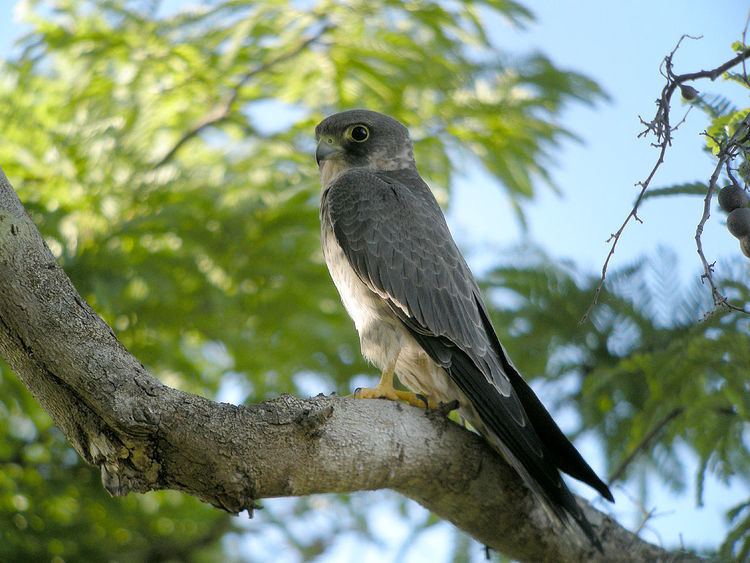 | ||
Similar Bird, Falcon, Red‑necked falcon, Eleonora's falcon, Grey kestrel | ||
Sooty falcons falco concolor
The sooty falcon (Falco concolor) is a medium-sized falcon breeding from northeastern Africa to the southern Persian Gulf region.
Contents
- Sooty falcons falco concolor
- Sooty falcons
- Taxonomy
- Description
- Distribution and habitat
- Ecology
- Conservation
- References
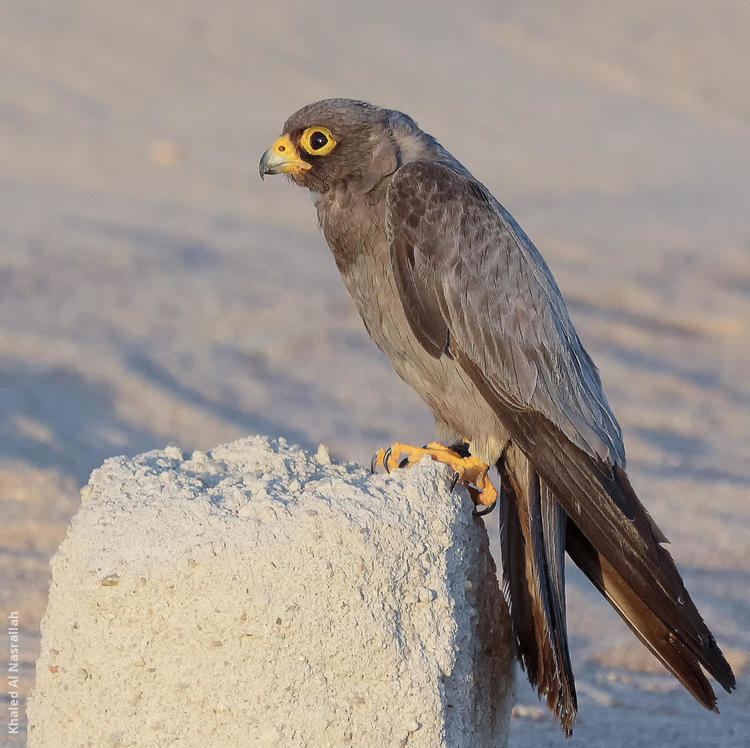
Sooty falcons
Taxonomy
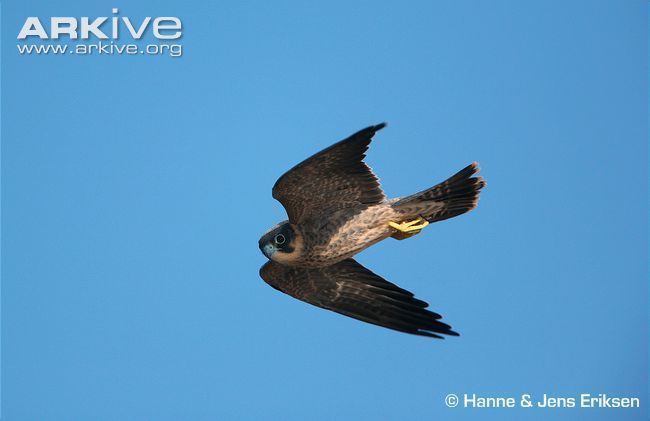
The sooty falcon belongs to the hobby group, a rather close-knit number of similar falcons often considered a subgenus Hypotriorchis. Eleonora's falcon is sometimes considered its closest relative, but while they certainly belong to the same lineage, they do not seem to be close sister species.
Description
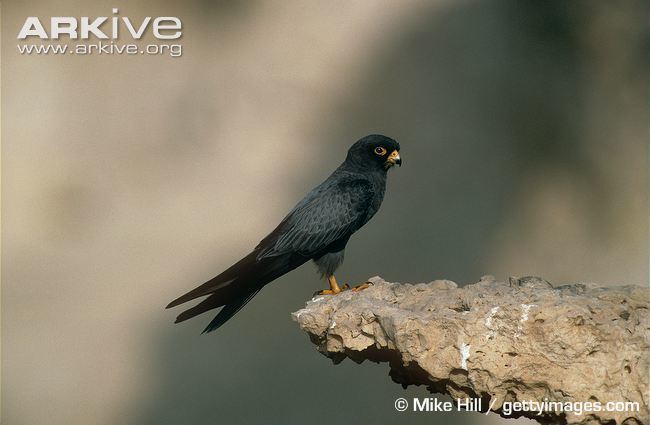
This is an elegant bird of prey, 32–37 cm long with a 78–90 cm wingspan. It is shaped like a large hobby or a small Eleonora's falcon, with its long pointed wings, long tail and slim body. The adults are blue-grey, and lack the black underwing coverts of the Eleonora's falcon. The young bird is like a large juvenile hobby, or small juvenile Eleanora's falcon. Its dark trailing edge to the wings and tail distinguish it from the former species, and it lacks the underwing contrast caused by the dark coverts of the larger falcon.
Distribution and habitat
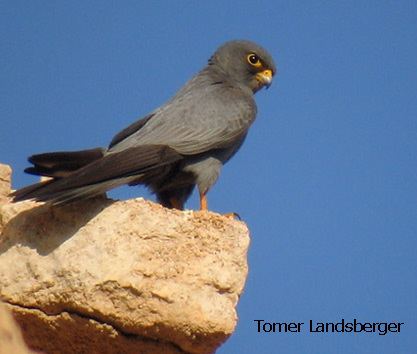
This species breeds on islands and coastal or desert cliffs from Libya to Pakistan). It is a long-distance migrant, wintering in east Africa and south to Madagascar and north-eastern South Africa. Increasingly regular sightings and a lack of historical records suggests that the wintering range has expanded south in recent decades. It is a rare vagrant north of its breeding range.
Ecology
The sooty falcon eats mainly birds, but it will take large insects, such as dragonflies, which are transferred from talons to beak and eaten in flight. It nests on a ledge or on rocks, laying up to four eggs.
Conservation
It was formerly classified as Least concern by the IUCN, but has recently been shown to be rarer than formerly believed. Consequently, it was uplisted to Near threatened status in 2008.
